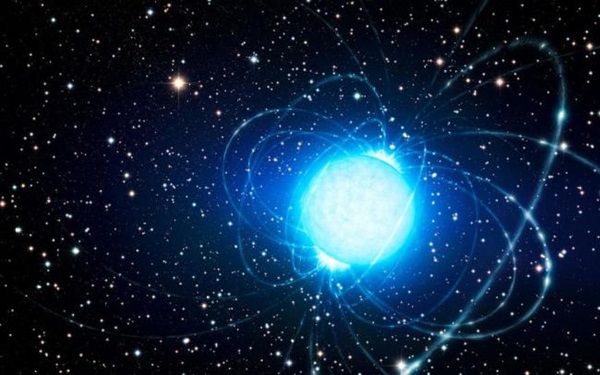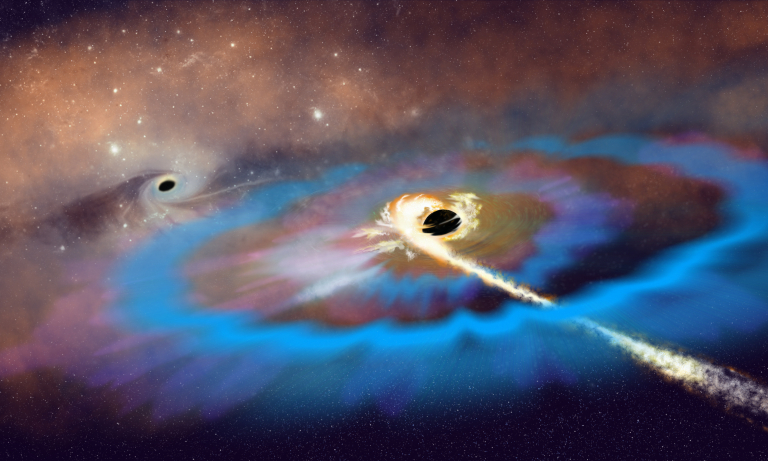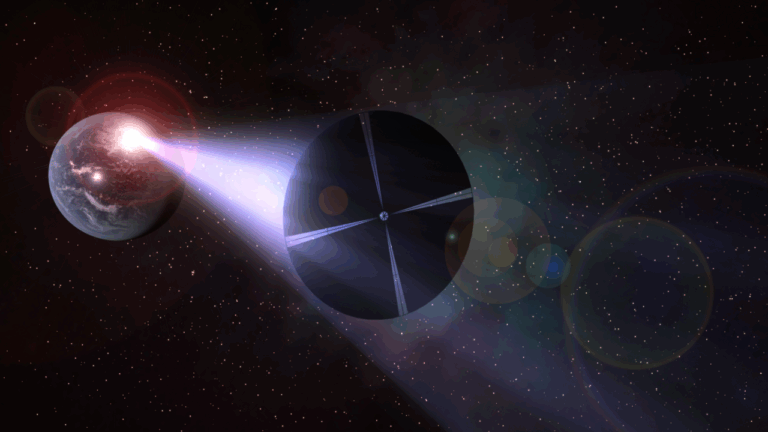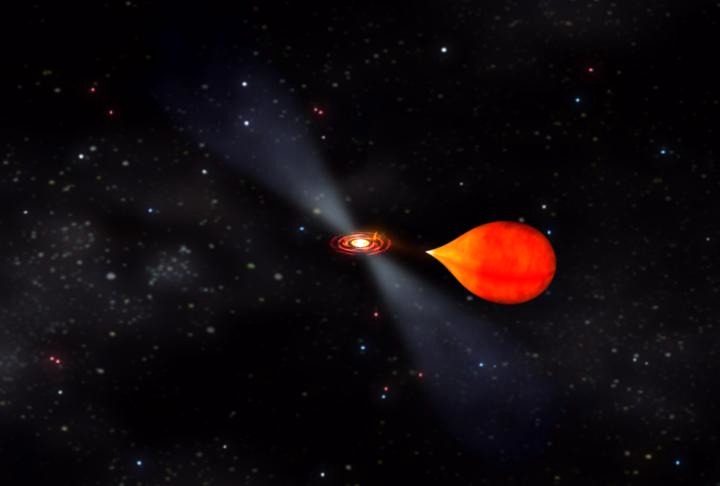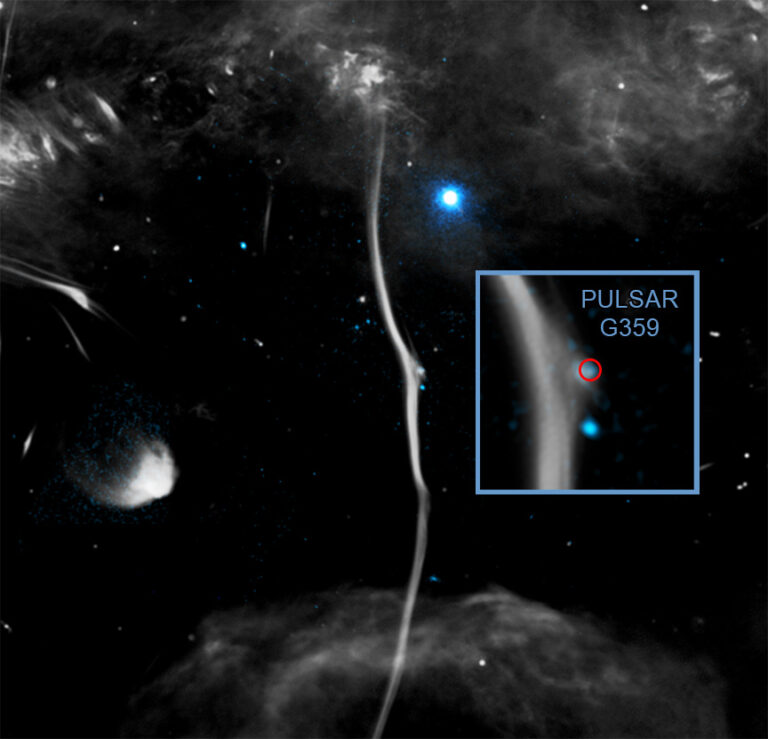Key Takeaways:
And last week, a team of scientists studying the event announced they’ve deduced the bizarre origins of this cosmic flood of radiation. The signal came from a strange star called a magnetar — short for magnetic star — an extreme object that packs the mass of our Sun into a city-sized sphere.
Magnetars should be commonplace in the universe. Yet, they’ve proven hard to track down and study. That’s why astronomers are so excited by this magnetar flare: It could teach us a lot about these elusive stars. Their findings were described in a handful of papers published January 13 in Nature and Nature Astronomy.
How to make a magnetar
When a massive star dies, it often explodes as a supernova. This blasts the star’s outer layers into space, but its core instead collapses into an extremely dense object called a neutron star. These stellar corpses are so dense that just a teaspoonful would weigh about a billion tons.
But neutron stars come in a variety of flavors. Many are considered pulsars because they rapidly spin like cosmic lighthouses, broadcasting intense beams of radiation at perfect angles to be seen from Earth.
But about one in 10 neutron stars will become a magnetar, with magnetic fields up to 1,000 times more intense than those of the average neutron star, or hundreds of trillions of times the strength of Earth’s magnetic field.
“If you had a magnetar really close, say between the Earth and the Moon, it would wipe all the information on your credit cards,” says astronomer and study author Oliver Roberts of the Universities Space Research Association. “It’s just that strong.”
And while astronomers have measured some of these magnetars’ extreme properties before, their daily lives and what drives their activity remains a mystery. That’s because magnetars are somewhat difficult to find. “Not a lot is known about them,” Roberts says. “We know they exist, and we’ve cataloged about 29 within our galaxy.”
Chasing magnetar flares
The little that astronomers do know about magnetars comes from much smaller bursts of X-ray radiation that they sometimes burp up. These can give clues about their magnetic fields, as well as what’s happening inside the stars. But intense magnetar eruptions like that one scientists picked up last year are much more rare.
Despite having space telescopes for several decades now, astronomers have only seen four or five signals from magnetars in and around the Milky Way as extreme as this one. And even those were tough to learn from.
In the past, the gamma-ray bursts (GRBs) from magnetar flares have been so strong that they’ve completely overwhelmed astronomers’ instruments, leaving researchers with little to study. But this time was different. The signal came from a magnetar in the Sculptor Galaxy, which sits some 11.5 million light-years away. That’s just close enough to get a strong signal, yet far enough away to not oversaturate sensors.
Gamma-ray burst mystery solved?
Meanwhile, astronomers keep detecting much smaller bursts of gamma rays that they can’t pin down a source for. Two high profile gamma-ray space observatories — NASA’s Swift and Fermi space telescopes — are constantly detecting faint GRBs streaming in from almost all directions. Astronomers suspected some of these signals are likely caused by flares streaming off magnetars many billions of light-years away, but the telescopes can’t quite triangulate where the signals are coming from.
But this time, the signal was detected by a handful of instruments spread across the solar system in a project called the “InterPlanetary Network.” That let astronomers use differences in the signal’s arrival time to pinpoint where the burst came from.
Astronomers say this latest strong signal suggests that many of the fainter, omnidirectional GRBs could likewise be the results of cracks in the armor of distant magnetars. The finding comes on the heels of another recent discovery, too. Last fall, astronomers announced that they’d found strong evidence that at least some of the so-called Fast Radio Bursts, or FRBs, are also caused by magnetars.
So, by continuing to study both strong and faint gamma-ray signals, astronomers will continue to piece together a better understanding of these strange objects.
“There’s a lot of galaxies out there and they have a lot of stars. There’s a lot of magnetars going off,” Roberts says. “We may be able to get quite a good population size, and that may help us understand what’s at the heart of this most cataclysmic event that a mangetar goes through.”

